The Luna-25 automated interplanetary station has sent back images of a polar crater on the far side of the Moon, the Russian space agency Roscosmos revealed on August 17. Russia's first lunar probe in 47 years is scheduled to make a lunar expedition next week.
The groundbreaking images are of the giant Zeeman crater, whose edges jut nearly 8km above the lunar surface. Located on a part of the moon that always faces away from Earth, astronomers had not been able to see the crater before.
“ The image taken today at 08:23 Moscow time shows the Zeeman crater on the far side of the Moon. The coordinates of the crater's center correspond to 75 degrees south latitude and 135 degrees west longitude,” Roscosmos said in a statement. “The obtained images significantly supplement the existing information about this crater. ”
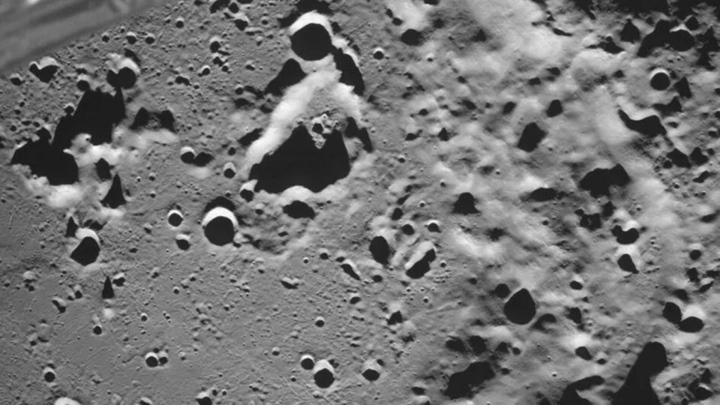
(Photo: Rosmoscos)
The image was created using the STS-L television camera complex, created by the Space Research Institute of the Russian Academy of Sciences . Roscosmos noted that Luna-25 also made gamma-ray and neutron measurements from the Moon's surface, as well as parameters of the space plasma around the Moon, and extraterrestrial gas and dust in the Moon's orbit.
Luna-25 is the first modern Russian lunar probe made entirely from domestic components. It was developed by the SA Lavochkin Scientific and Production Association. Launched on August 11, the project aims to be the first spacecraft to make a soft landing on the Moon's south polar region - which is expected to happen around August 21.
The project's main goal is to test lunar soil for the presence of ice, but Roscosmos says it also wants to test soft-landing technology and conduct long-term research on the lunar exosphere and the upper regolith layer of the lunar south pole.
The launch of Luna-25 from the Vostochny Cosmodrome in the Amur Region signaled Russia's return to lunar exploration after a 47-year hiatus. The original Luna program began in the Soviet Union and completed 24 successful missions to the Moon between September 1958 and August 1976.
Phuong Anh (Source: RT)
Source


![[Photo] Prime Minister Pham Minh Chinh receives leaders of Excelerate Energy Group](https://vphoto.vietnam.vn/thumb/1200x675/vietnam/resource/IMAGE/2025/5/29/c1fbe073230443d0a5aae0bc264d07fe)
![[Photo] Prime Minister Pham Minh Chinh attends the event "Digital transformation of the banking industry by 2025"](https://vphoto.vietnam.vn/thumb/1200x675/vietnam/resource/IMAGE/2025/5/29/0e34cc7261d74e26b7f87cadff763eae)



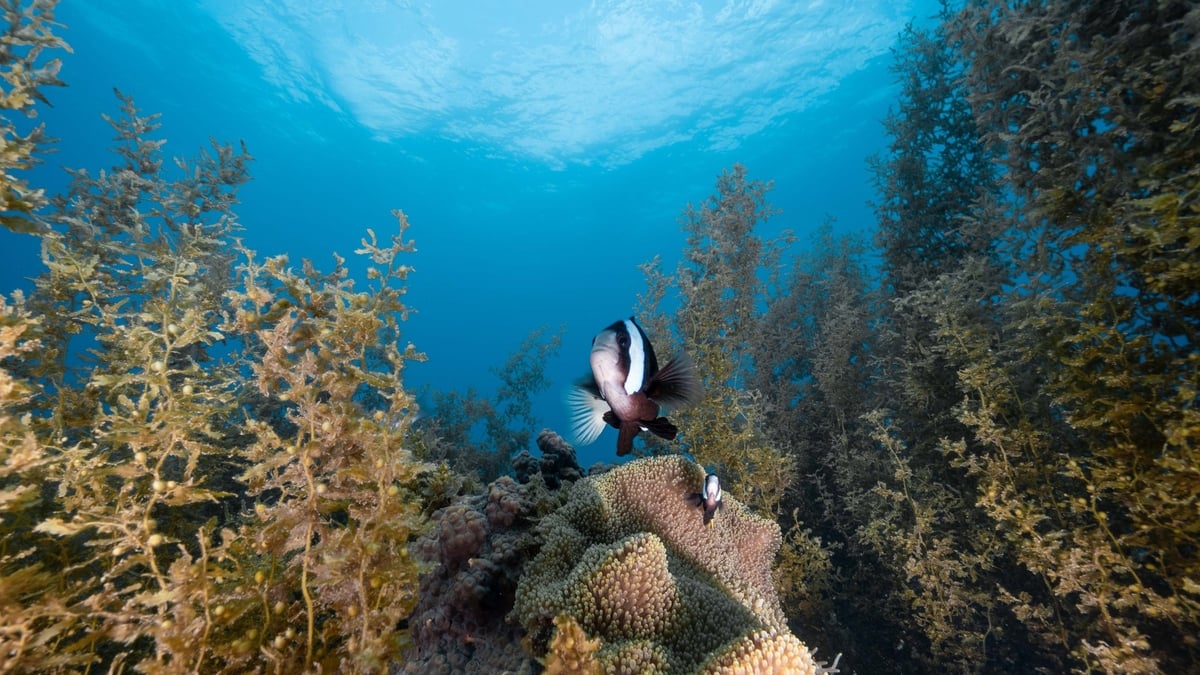
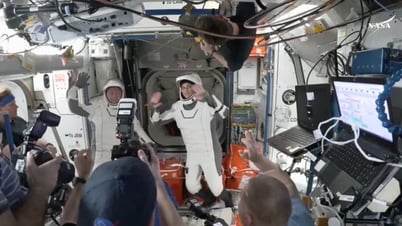



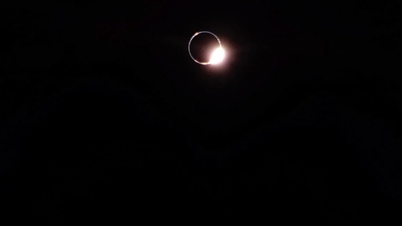

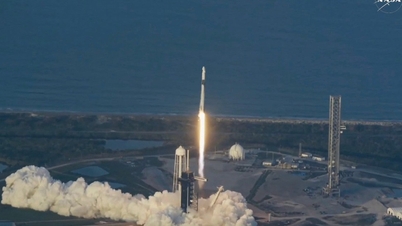























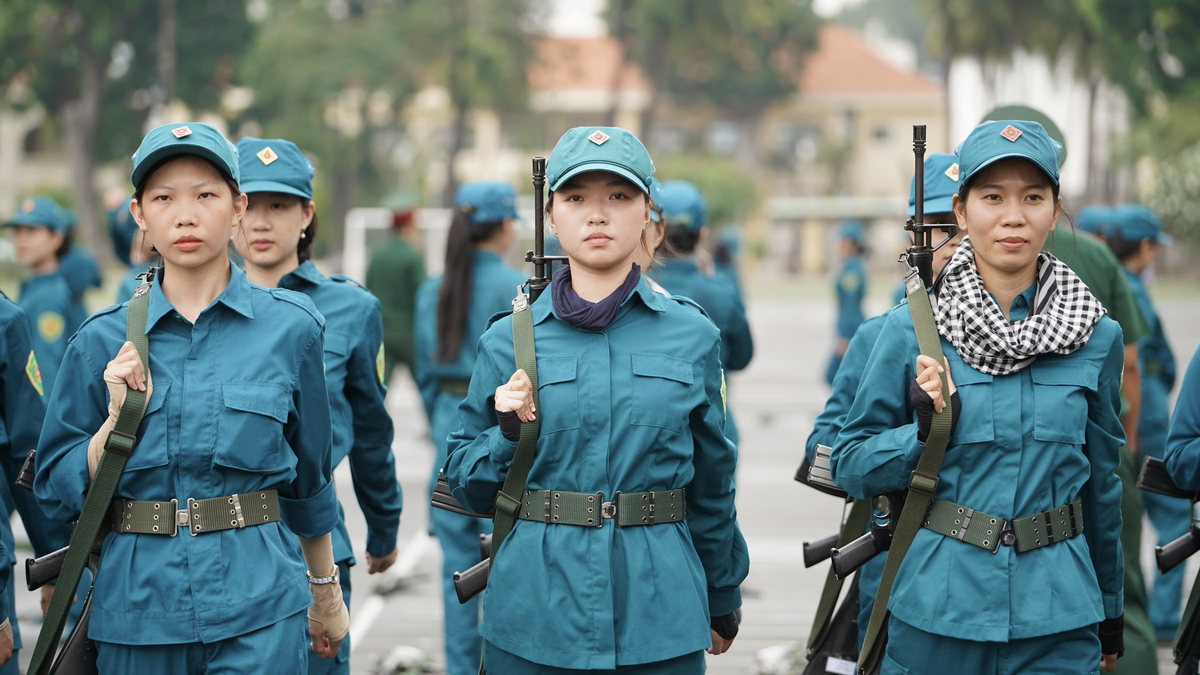



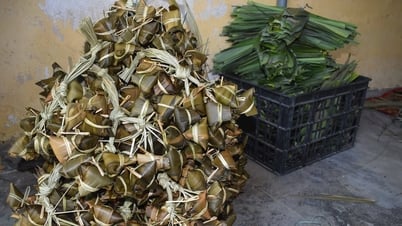





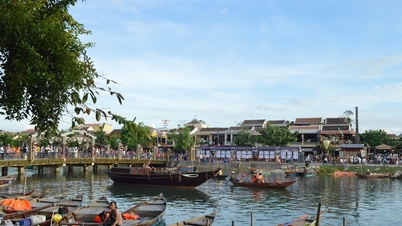






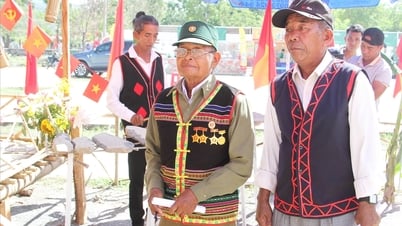





















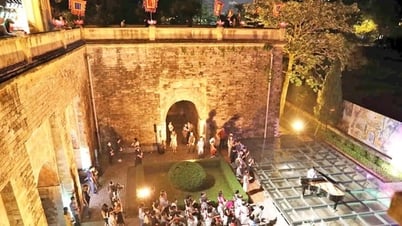






















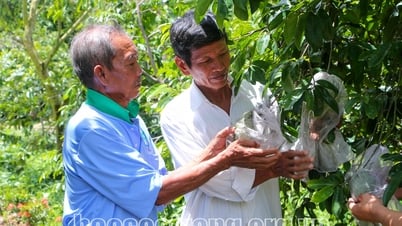

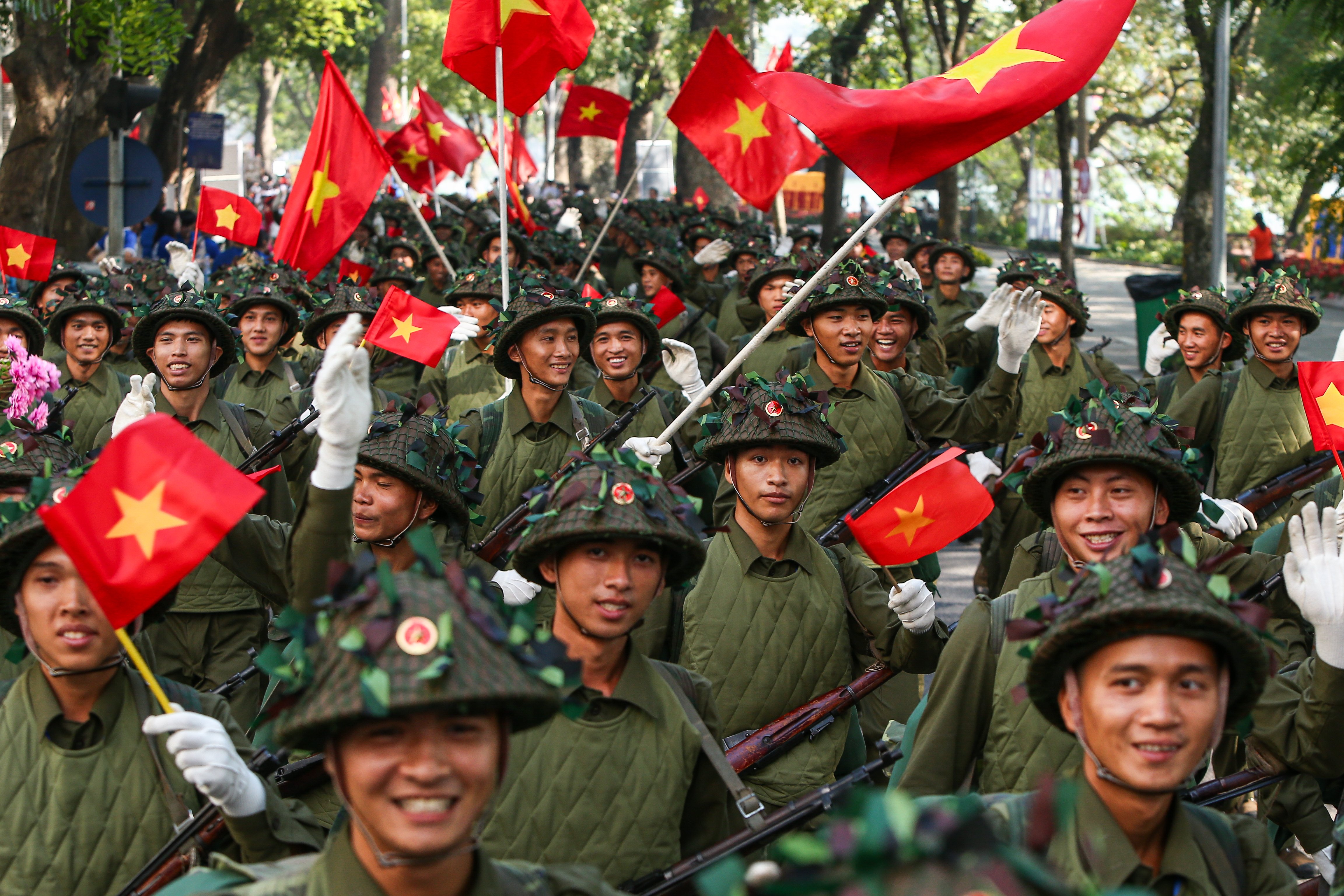



Comment (0)